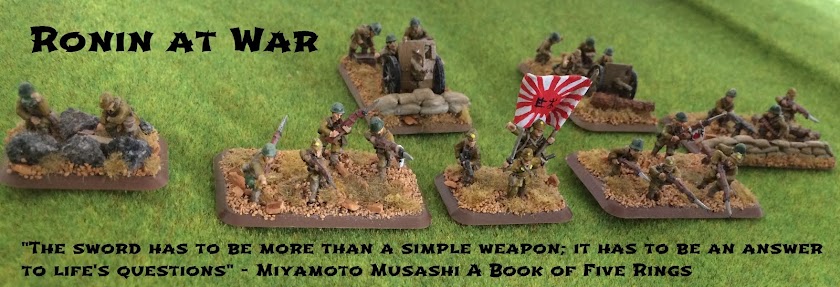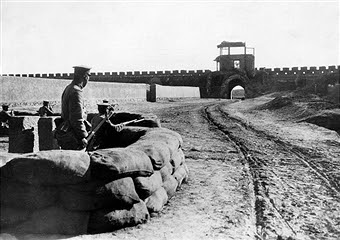The Russo-Japanese War (1904-1905) ended with the Treaty of Portsmouth, which gave Japan control of the Kwantung Leased Territory and the South Manchuria Railway and forced the evacuation of Russian forces from Manchuria. The Kwantung Army was then created to protect the leased territory. In 1910, Korea was annexed into the Japanese Empire.
 |
| Map of the invasion of Manchuria, 1931 (Pinterest). |
By 1931 Japan was under a economical depression and was not able to import the amount of raw materials needed (oil, coal, iron...). The mainland population had grown too fast but the land was not enough to feed everyone, and military officers were fighting to get control over the government. Furthermore, Pan-Asianism (the idea that Asian people should unify against western imperialist powers) was gaining importance in Japan.
The occupation of Manchuria, with its iron and coal mines and fertile lands, was seen as a legitimate solution by military officers in the Kwantung Army. Following the Gekokujō doctrine (overthrowing or surpassing one's superior or rule from below), Kwantung Army Colonel Seishirō Itagaki and Liutenant Colonel Kanji Ishiwara decided to plot a false-flag sabotage action which got to be known as the Mukden Incident.
| Lieutenant Colonel Kanju Ishiwara, 1939 (commons.wikimedia.org). |
On September 28 1931, Liutenant Suemori Komoto of the 29th Infantry Regiment, which was in charge of protecting the South Manchuria Railway, placed some explosives close to a railway track near the town of Mukden. The chosen railway section was just eight hundred meters far from a military Chinese garrison, as the plan was to accuse the Chinese troops of having attacked the Japanese owned railway. The explosives were placed so not to do any real damage to the rail tracks.
The explosives detonated around 22:20h causing minor damages to a 1.5m section which did not cause any problem to the train that arrived to Mukden at 22:30h.
The following morning, Japanese troops attacked and took the Chinese garrison as reprisal of the alleged Chinese bombing. Army General Shigeru Honjō, Chief Commander of the Kwantung Army was not aware of the incident and invasion plans but soon agreed and decided to launch the Japanese Invasion of Manchuria that led to the creation of Manchukuo.
 |
| Japanese troops entering Mukden, 1931 (commons.wikimedia.org). |
The Japanese invasion was followed by a Chinese complaint at the League of Nations. A league of Nations commission refused in 1932 the claim that the invasion was a self defense act and refused to recognize Manchukuo as a legitimate state, which was answered with the resignation of Japan from the League of Nations on March 1933.
 |
| League of Nations commission members investigating the rail area where the bomb was detonated, Mukden 1932 (wikipedia). |
Sources:


No comments:
Post a Comment
Note: Only a member of this blog may post a comment.